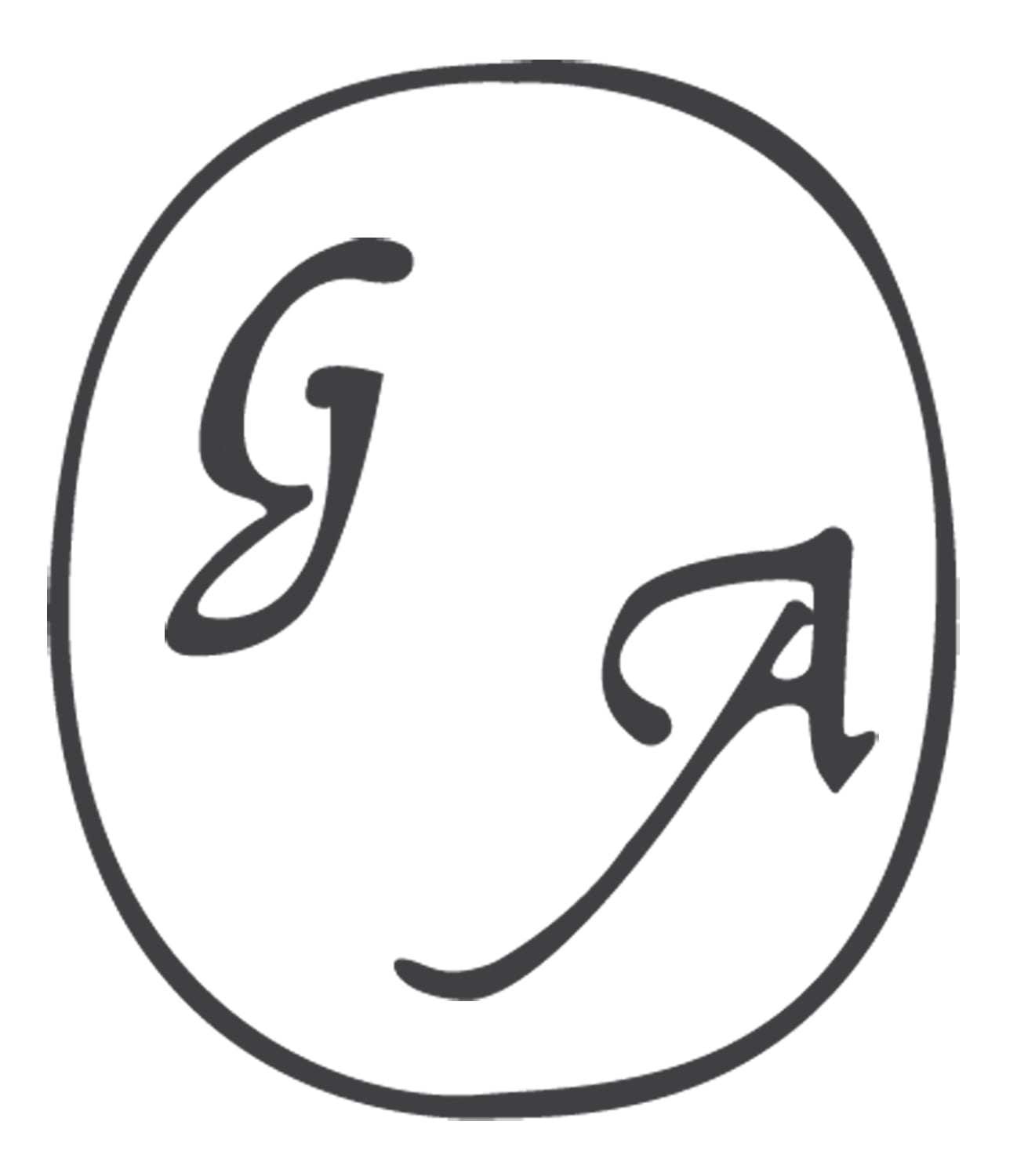
HUGO SCHEIBER Hungarian, 1873-1950
The Rhythm of the City, 1920's/1930's
Signed Charcoal and Pastel Drawing on Paper
61 x 43 cm. / 24 x 16.9 in.
This charcoal and pastel drawing is hand signed by the artist "Scheiber H" at the lower left corner.
This work was painted in the late 1920's or early 1930's.
Note: Hugo Scheiber embodies the wonderment brought to artists outside of the major artistic centres. Periodicals, critical magazines, and manifestos published by artists across Europe promoting their vision of the world and their latest treatises allowed for the curious mind to access the avant-garde from anywhere. Scheiber was born in Budapest but grew up largely in Vienna and was enamoured with the Post-Impressionists. Later, with more and more exposure to the German Expressionists, Scheiber confidently pursued an expressionist style and focussed on bold colours and sharp lines. In 1922 and with the re-emergence of the German Expressionists, he moved from Vienna to Berlin.
Berlin was a city which was pulling creative talent from all across the world, not too dissimilar from today. The hedonistic lifestyle of cabaret, café culture, bars and nightlife appealed greatly to Scheiber – but so did the physical city environment. Berlin offered a sense of what was new, what was next and that is clear in this magnificent pastel “Rhythm of the City”.
For Scheiber, he felt he was in the right place at the right time, and it would prove correct. Upon meeting the social reformer and patron Katherine Sophie Dreier he secured his first American exhibition. Over the years and with the impact of the Second World War, the Hungarian Avant-garde artists were perceived to have been eclipsed – but this is changing, and the ‘establishment’ are now keen to celebrate Hugo Scheiber as a Hungarian artist who took the world stage.
Provenance: Bonham's New York, Modern and Contemporary Art, 9th November 2010, lot 36
Condition: Very good condition. Soft horizontal creasing across the sheet. A series of pinholes in the lower left and right corners.
Note: The work will be shipped unframed.
This work was painted in the late 1920's or early 1930's.
Note: Hugo Scheiber embodies the wonderment brought to artists outside of the major artistic centres. Periodicals, critical magazines, and manifestos published by artists across Europe promoting their vision of the world and their latest treatises allowed for the curious mind to access the avant-garde from anywhere. Scheiber was born in Budapest but grew up largely in Vienna and was enamoured with the Post-Impressionists. Later, with more and more exposure to the German Expressionists, Scheiber confidently pursued an expressionist style and focussed on bold colours and sharp lines. In 1922 and with the re-emergence of the German Expressionists, he moved from Vienna to Berlin.
Berlin was a city which was pulling creative talent from all across the world, not too dissimilar from today. The hedonistic lifestyle of cabaret, café culture, bars and nightlife appealed greatly to Scheiber – but so did the physical city environment. Berlin offered a sense of what was new, what was next and that is clear in this magnificent pastel “Rhythm of the City”.
For Scheiber, he felt he was in the right place at the right time, and it would prove correct. Upon meeting the social reformer and patron Katherine Sophie Dreier he secured his first American exhibition. Over the years and with the impact of the Second World War, the Hungarian Avant-garde artists were perceived to have been eclipsed – but this is changing, and the ‘establishment’ are now keen to celebrate Hugo Scheiber as a Hungarian artist who took the world stage.
Provenance: Bonham's New York, Modern and Contemporary Art, 9th November 2010, lot 36
Condition: Very good condition. Soft horizontal creasing across the sheet. A series of pinholes in the lower left and right corners.
Note: The work will be shipped unframed.
$ 15,400.00
